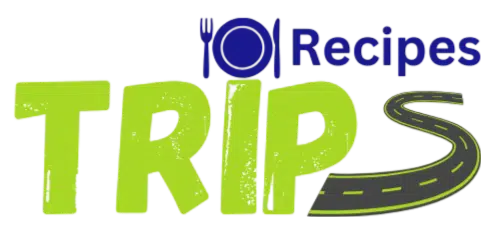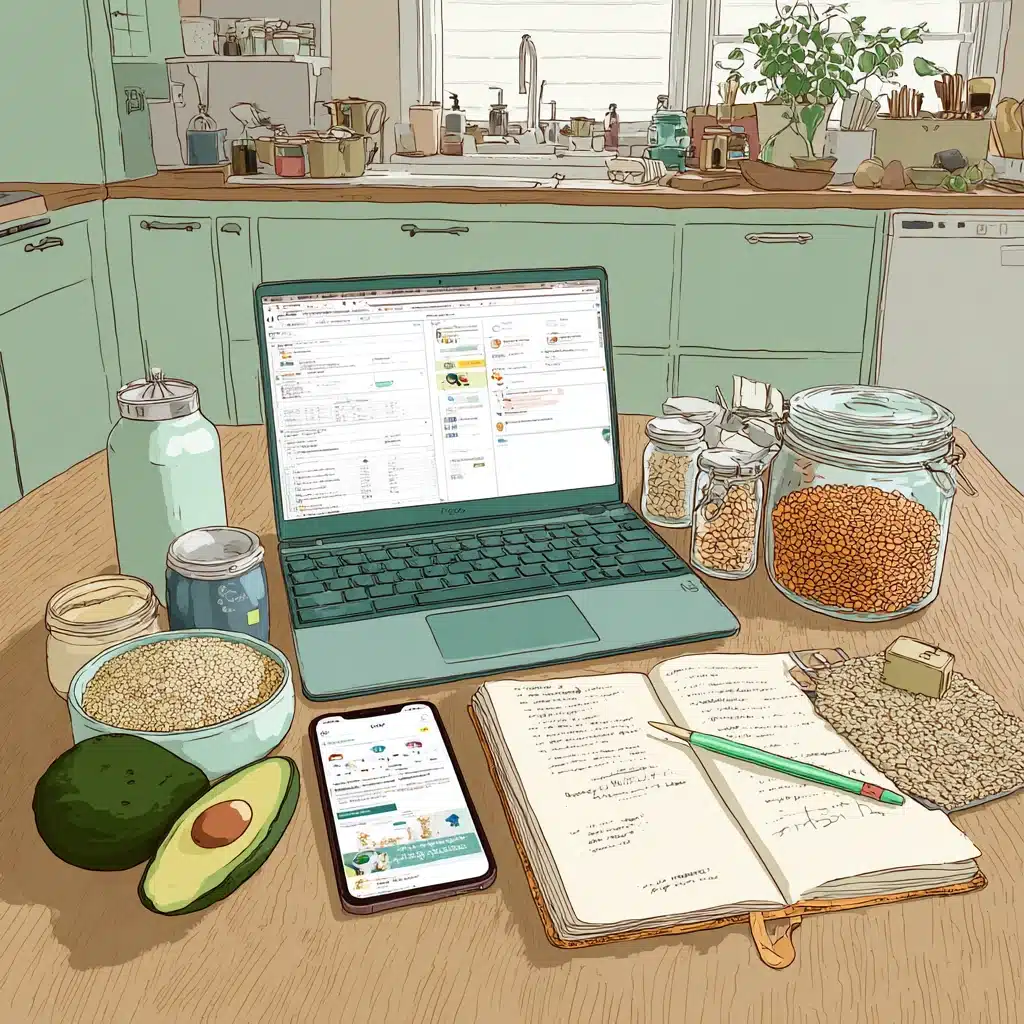Table of Contents
Introduction
To create a digital recipe book, start by choosing a platform like Paprika, Recipe Sage, or Google Docs. Digitize your recipes by typing them in, scanning handwritten notes, or importing from websites. Organize them with tags, categories, and personal notes, and include photos or ratings if desired. You can also sync your collection across devices for easy access anywhere. A digital recipe book helps you cook smarter, reduce clutter, and keep your favorite meals just a tap away—perfect for modern kitchens and meal planning on the go.
What is a Digital Recipe Book?
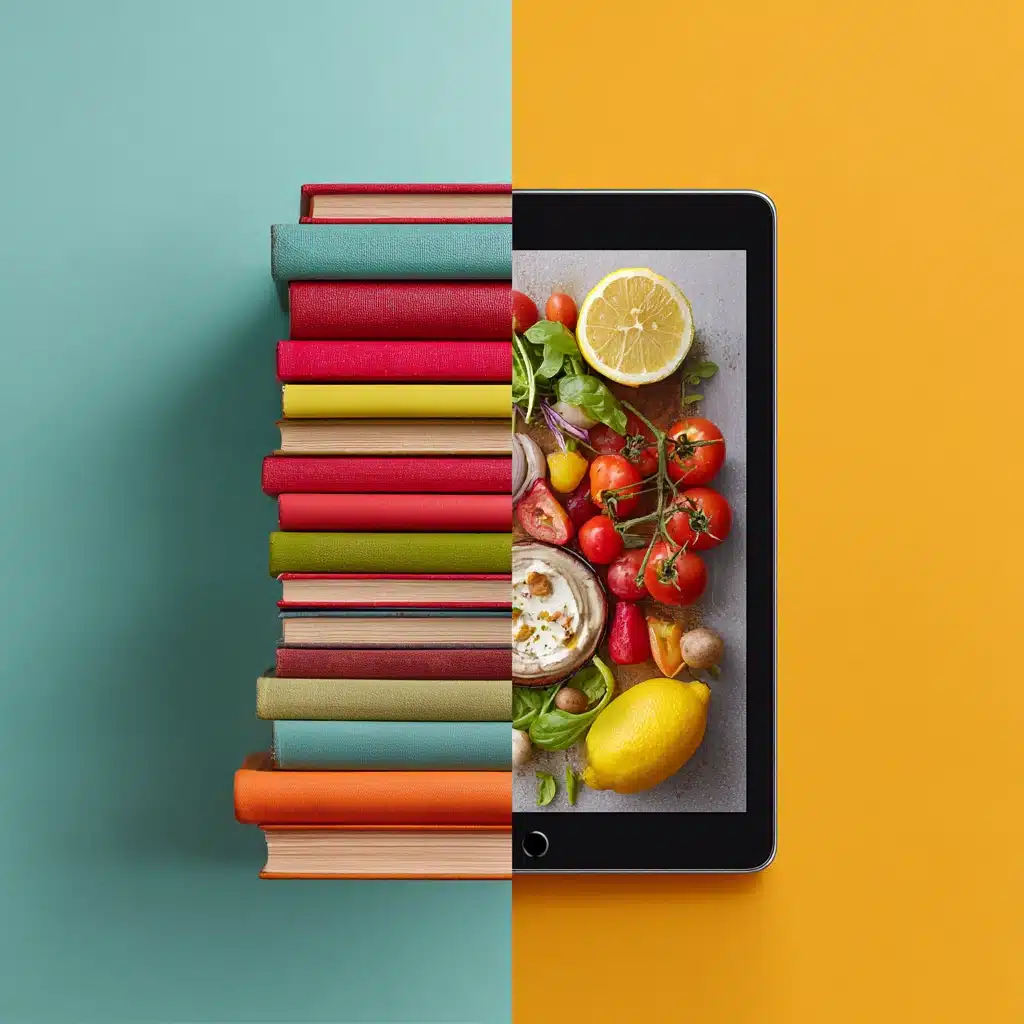
A digital recipe book is an electronic collection of your favorite recipes, stored and managed using apps, online platforms, or cloud-based tools. It transforms how you store, organize, and share recipes, giving you a streamlined way to save your culinary creations.
Unlike traditional cookbooks, digital recipe books allow you to:
- Search recipes by ingredient, cuisine, or dietary need.
- Add personal notes, photos, and tags for customization.
- Sync recipes across devices for easy access anywhere.
For example, you can incorporate ideas from curated collections like these Nestlé Chocolate Chip Cookie Recipes or Sourdough Breakfast Recipes to expand your repertoire seamlessly.
Importance of Digital Recipe Books in Modern Cooking
Digital recipe books are a game-changer for home cooks and professional chefs alike. Here’s why they matter:
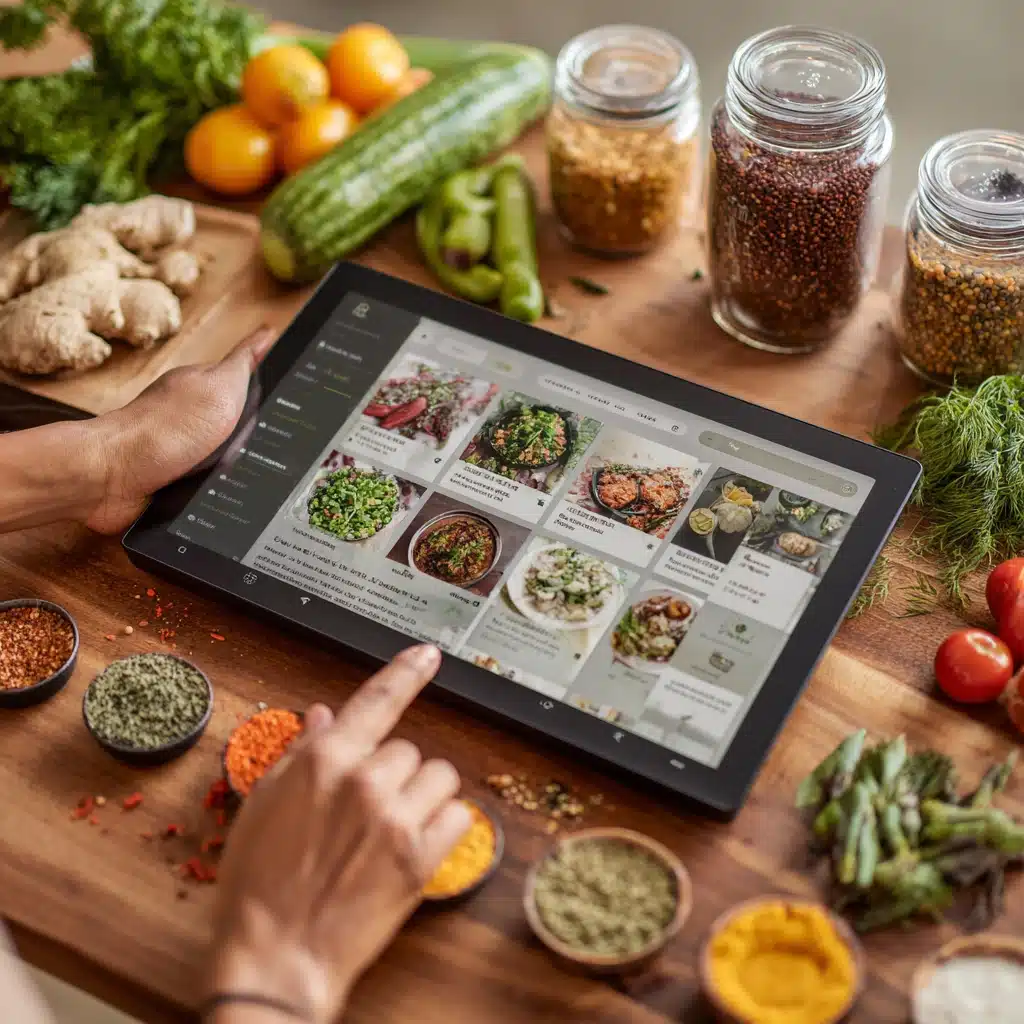
1. Accessibility and Convenience
With a digital recipe book, your entire recipe collection is always at your fingertips—on your smartphone, tablet, or computer. Whether you’re cooking at home or traveling, you’ll never be without your favorite recipes.
2. Organization and Searchability
Tagging and categorization features allow you to organize recipes by type, cuisine, or personal preferences. For instance, if you’re exploring adventurous meals, you can easily filter for dishes like Dutch Oven Camping Recipes with just a few clicks.
3. Sustainability and Space-Saving
Going digital reduces paper waste and declutters your kitchen. You no longer need physical cookbooks or printed recipes, freeing up valuable storage space.
4. Enhancing Meal Planning and Creativity
With tools like shopping list integration and the ability to scale recipes for different servings, a digital recipe book is an indispensable aid for meal planning. Plus, discovering forgotten or unique recipes encourages creativity in the kitchen.
By embracing a digital recipe book, you’re not just simplifying your cooking routine—you’re also unlocking a world of culinary possibilities. Whether you’re saving family heirloom recipes or organizing modern favorites, digital tools make it all effortless.
Evolution of Recipe Books
The way we collect, share, and utilize recipes has evolved significantly over the years. From handwritten notes passed down through generations to sophisticated digital platforms, the journey of recipe books mirrors the advancements in technology and communication. Let’s explore how traditional cookbooks transitioned into digital platforms and the milestones that shaped recipe-sharing technology.
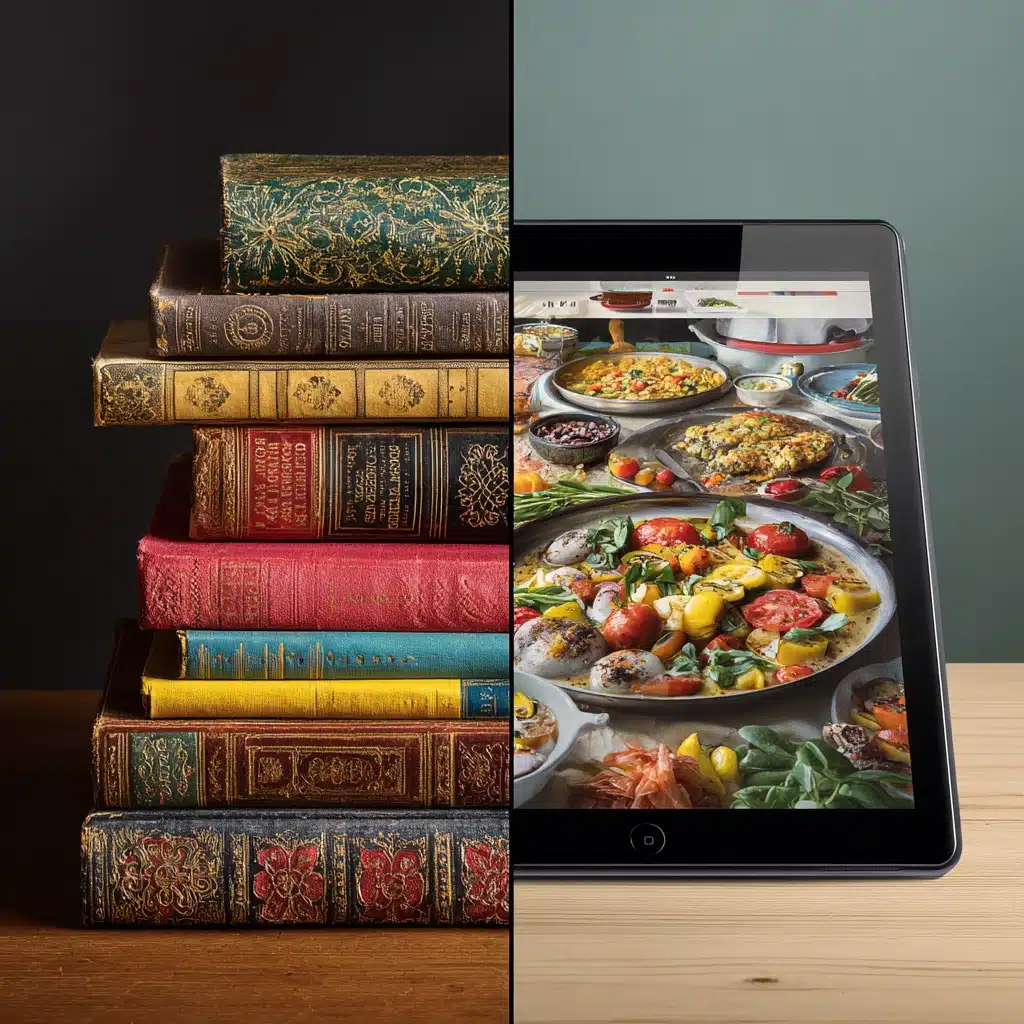
From Traditional Cookbooks to Digital Platforms
1. Handwritten Recipes and Family Traditions
Before the invention of the printing press, recipes were handwritten in journals or passed down orally through generations. These personal notes often reflected family traditions, cultural heritage, and regional cuisine.
2. Printed Cookbooks
The advent of printed cookbooks revolutionized recipe sharing. Iconic cookbooks like The Joy of Cooking or Julia Child’s Mastering the Art of French Cooking became staples in kitchens worldwide. These books provided structured, accessible guidance for both beginner and expert cooks.
3. Recipe Cards and Clippings
In the mid-20th century, recipe cards and magazine clippings became popular. Families stored these in boxes or scrapbooks, creating a mix of personal favorites and recipes from external sources.
4. The Internet and Online Recipe Sharing
With the rise of the internet, platforms like blogs, forums, and websites made recipes more accessible than ever. Enthusiasts could share their favorite dishes globally, while search engines simplified discovering new recipes.
5. Digital Platforms and Apps
The latest transformation comes in the form of digital recipe books. Apps like Paprika and Recipe Sage, as well as cloud-based solutions like Google Docs, allow users to store, organize, and customize their recipes conveniently.
For example, collections like Backpacking Recipes are now easily searchable and accessible, combining traditional knowledge with modern convenience.
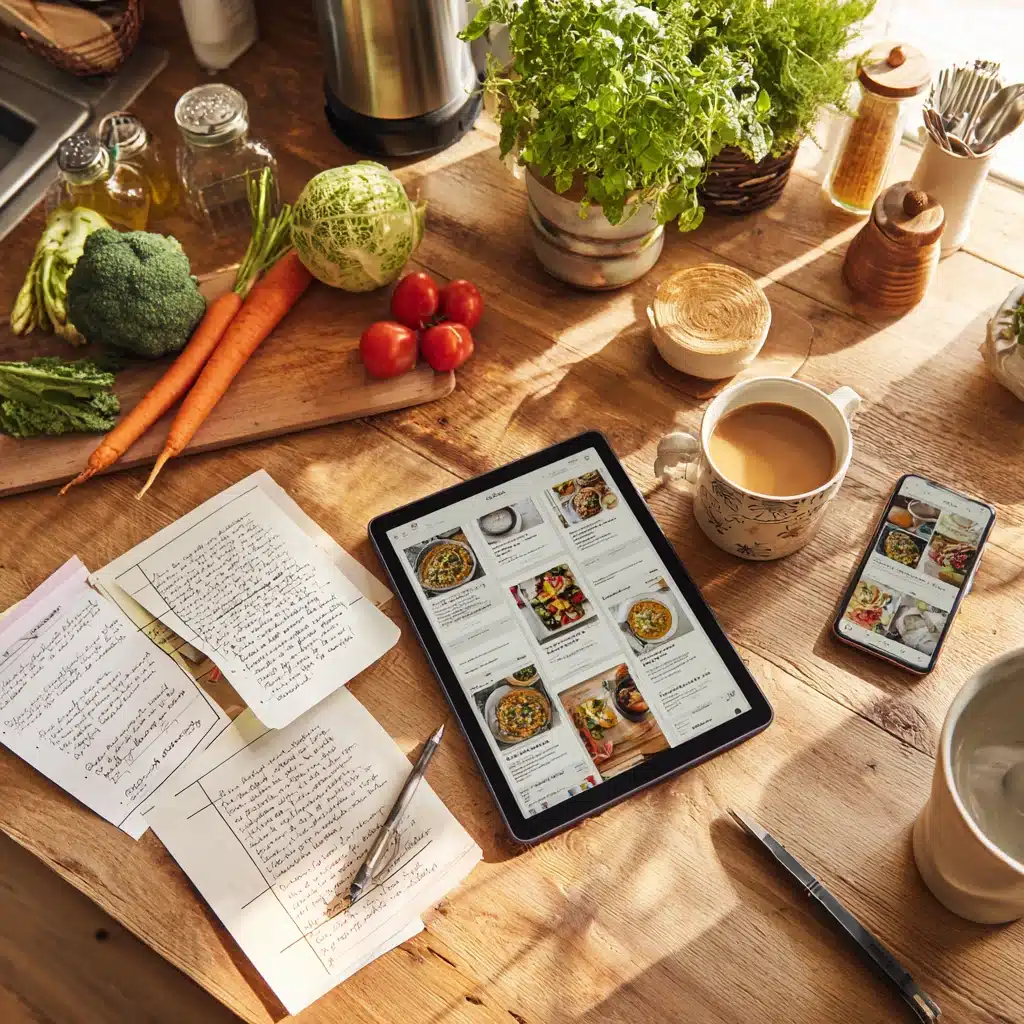
Milestones in Recipe Sharing Technology
1. Printing Press (15th Century)
The invention of the printing press enabled the mass production of cookbooks, transforming how culinary knowledge was distributed.
2. Television Cooking Shows (20th Century)
Television introduced chefs like Julia Child and Jacques Pépin, who brought recipes to life through demonstrations, further inspiring home cooks.
3. Food Blogs and Forums (1990s–2000s)
The internet opened new avenues for recipe sharing. Platforms like AllRecipes and Epicurious became hubs for home cooks, while forums encouraged community discussions about cooking tips and techniques.
4. Social Media and Visual Recipes (2010s)
Platforms like Pinterest and Instagram shifted focus to visually appealing food content, making recipes more engaging and accessible. A pin featuring Nestlé Chocolate Chip Cookie Recipes could inspire thousands of home cooks.
5. Smart Kitchen Integration (Present Day)
Modern kitchen devices now integrate with digital recipe platforms, enabling features like step-by-step cooking instructions, ingredient tracking, and smart timers directly from your digital recipe book.
A Timeless Tradition Meets Modern Innovation
The evolution of recipe books reflects humanity’s love for food and storytelling. While traditional cookbooks hold sentimental value, digital platforms enhance convenience and efficiency. By embracing a digital recipe book, you’re part of a rich legacy that merges tradition with technology, creating a seamless and modern way to celebrate the art of cooking.
Why Create a Digital Recipe Book?
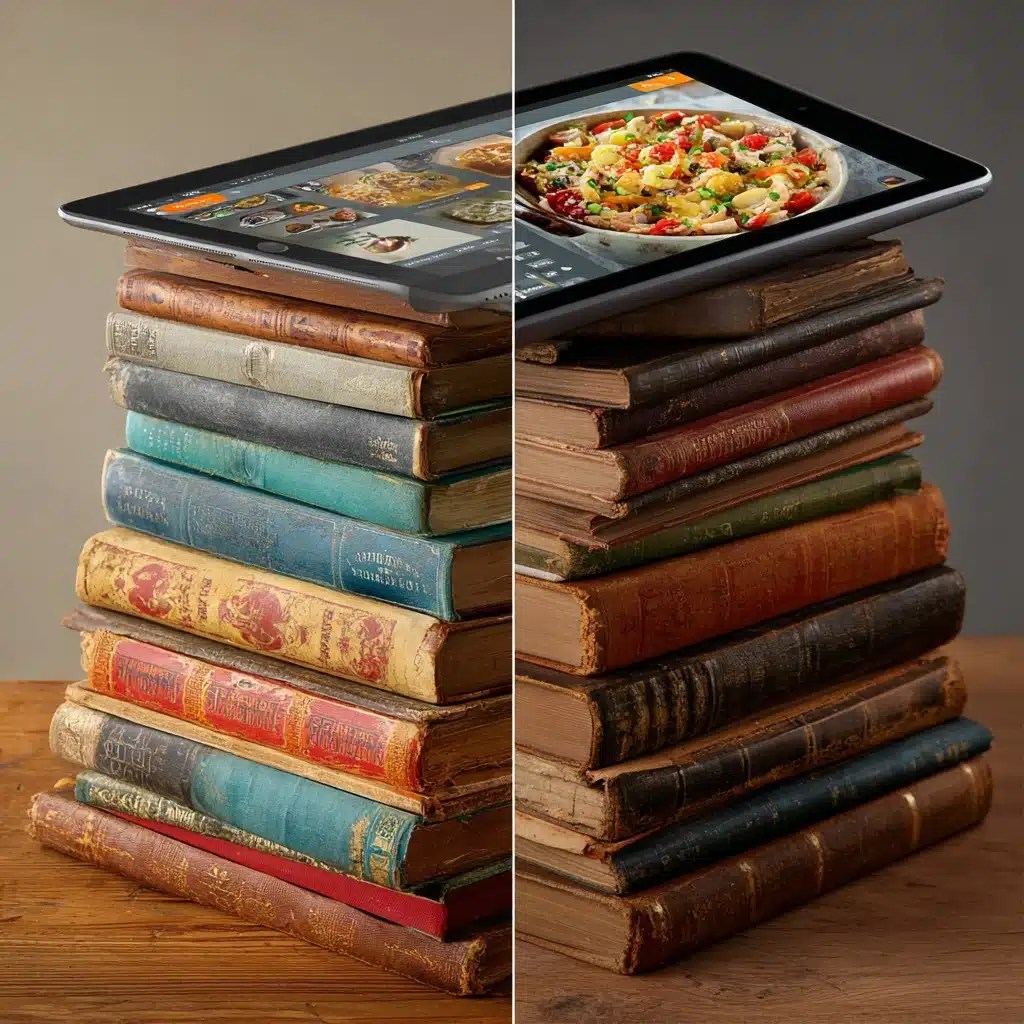
1. Organization and Searchability
A digital format allows you to store recipes in categorized folders, tag them for easy retrieval, and search for recipes using keywords like ingredients or meal type.
- For example, tag your recipes by cuisine (e.g., Italian, Indian), meal type (breakfast, dinner), or dietary needs (gluten-free, vegan).
2. Time-Saving Convenience
Digitizing recipes means no more flipping through pages to find the right one. Search functionalities allow you to locate a recipe within seconds.
- Need a quick dessert idea? Check out Nestlé Chocolate Chip Cookie Recipes for classic and customizable options.
3. Sustainability and Space-Saving
Say goodbye to stacks of paper recipes and old cookbooks. By going digital, you reduce clutter and embrace eco-friendly practices.
How to Create Your Digital Recipe Book
Step 1: Select the Best Platform
There are numerous tools available, and the best one depends on your preferences and needs:
- Paprika Recipe Manager: Known for its robust offline access and features like grocery list generation and recipe scaling.
- Recipe Sage: A free, minimalist tool suitable for beginners.
- Google Docs: An easy-to-use, DIY solution for creating a basic recipe archive.
Pro Tip:
If you love organizing by theme, consider creating folders like “Holiday Recipes” or “Quick Weeknight Dinners.”
Step 2: Digitize Your Recipes
Import Recipes from Online Sources
Most recipe management apps allow you to clip recipes directly from websites. Simply copy the URL, and the app will automatically format the recipe for you.
Scan or Photograph Handwritten Recipes
For family heirloom recipes, use a scanner or your smartphone’s camera to digitize them. Many apps also offer OCR (Optical Character Recognition) to convert images into editable text.
Organize Recipes with Tags and Categories
- Create categories like breakfast, lunch, dinner, and desserts.
- Use tags for specific needs like quick meals, healthy options, or comfort food.
- Link recipes to external content, such as Dutch Oven Camping Recipes for outdoor cooking inspiration.
Step 3: Customize Your Digital Cookbook
Add Personal Notes and Tips
Annotate recipes with cooking tips, ingredient substitutions, or reminders. For instance, if you’ve tried a recipe with an alternative flour, note the results for next time.
Incorporate Photos and Ratings
Include high-quality images of the completed dish to create a visually engaging collection. Rate recipes on taste, difficulty, and time to help with meal planning.
Sync Across Devices
Many apps, such as Paprika, allow you to sync your cookbook across multiple devices, ensuring your recipes are accessible wherever you are.
Digital Recipe Books for Specific Diets
The versatility of digital recipe books makes them an excellent resource for individuals following specific dietary preferences or restrictions. Whether you’re vegan, keto, or gluten-free, a digital recipe book ensures that your meals align with your lifestyle while providing an organized and convenient way to plan and cook.
Vegan and Vegetarian Recipes
1. Why Choose Digital Recipe Books for Plant-Based Diets?
Vegan and vegetarian diets often require creative substitutions and access to a variety of recipes to ensure nutritional balance and taste. A digital recipe book allows you to:
- Store favorite plant-based recipes.
- Discover substitutes for animal-based ingredients like dairy and meat.
- Create quick grocery lists for items like tofu, lentils, and plant-based milks.
2. Features to Look For
Digital platforms can help tag recipes by ingredients, like dairy-free or protein-rich, making it easy to find dishes that suit your preferences.
For example, a resource like Sourdough Breakfast Recipes can provide vegan-friendly adaptations, such as egg substitutes or dairy-free versions.
Keto and Paleo Options
1. Navigating Low-Carb and High-Fat Diets
Both the keto and paleo diets emphasize specific macronutrient compositions, such as reducing carbs or eliminating processed foods. Digital recipe books streamline this process by allowing you to:
- Filter recipes by nutritional content, such as net carbs or sugar levels.
- Plan meals that align with your dietary restrictions.
- Incorporate batch cooking recipes for convenience.
2. Practical Benefits
Keto and paleo followers can use digital recipe books to:
- Store meal prep ideas for the week.
- Add notes on carb counts or modifications for specific recipes.
A collection like Backpacking Recipes can inspire creative ideas for high-protein, portable meals perfect for active lifestyles.
Gluten-Free Recipe Books
1. Addressing Gluten Sensitivities
For those with gluten intolerance or celiac disease, a digital recipe book provides a reliable way to avoid gluten-containing ingredients and maintain a balanced diet.
2. Features That Help
- Tagging recipes as gluten-free for quick identification.
- Keeping track of alternative ingredients like almond flour, rice noodles, or gluten-free breadcrumbs.
- Syncing grocery lists with gluten-free staples for easy shopping.
For instance, explore Nestlé Chocolate Chip Cookie Recipes and adapt them with gluten-free flour to satisfy your sweet cravings.
Personalized Diet Planning with Digital Tools
The flexibility of digital recipe books makes them an invaluable resource for any diet. They enable you to tailor your collection, adapt recipes to fit your needs, and ensure that every meal aligns with your dietary preferences. Whether you’re whipping up a plant-based breakfast, a low-carb keto dish, or a gluten-free dessert, your digital recipe book is the ultimate companion in your culinary journey.
Benefits of a Digital Recipe Book
Digital recipe books have become an indispensable tool for modern cooks, offering features that go beyond traditional cookbooks. From easy access to recipes to the ability to create personalized collections, these tools bring unparalleled convenience to the kitchen.
Accessibility and Portability
1. Cook Anywhere, Anytime
Unlike physical cookbooks or handwritten recipe cards, digital recipe books allow you to access your entire recipe collection from any device, whether it’s your smartphone, tablet, or laptop. This portability means you can:
- Cook in any kitchen, whether at home, on vacation, or during outdoor adventures.
- Share your favorite recipes instantly with friends or family.
For example, you can use your digital recipe book to plan meals for trips and include ideas like Backpacking Recipes that are easy to prepare in remote locations.
2. Offline Access
Some apps, like Paprika, allow you to save recipes offline, ensuring you can cook even without internet access—perfect for rural areas or when traveling.
Search Functionality
1. Find Recipes in Seconds
One of the most significant advantages of a digital recipe book is the powerful search functionality. You can locate recipes quickly by searching:
- Ingredients (e.g., “chicken” or “lentils”).
- Cuisine type (e.g., Italian, Mexican).
- Dietary needs (e.g., vegan, gluten-free).
2. Eliminate the Guesswork
Forget flipping through endless pages of a cookbook. Simply type in an ingredient you have on hand, and your digital recipe book will pull up matching recipes. This feature helps reduce food waste by using what you already have.
For instance, filter options in a collection like Sourdough Breakfast Recipes can help you find the perfect way to use leftover sourdough starter.
Personalized Recipe Collections
1. Custom Tags and Categories
Digital recipe books let you categorize recipes in ways that make sense for your cooking habits. Create tags such as:
- Quick Meals for weeknight dinners.
- Family Favorites for recipes that always please a crowd.
- Holiday Specials for festive dishes.
2. Add Notes and Ratings
Enhance each recipe with personal notes, such as ingredient substitutions, preparation tips, or cooking time adjustments. You can also rate recipes to remember which ones were a hit.
3. Visual Appeal
Include photos of completed dishes for a visually stunning and engaging collection. For inspiration, collections like Nestlé Chocolate Chip Cookie Recipes can serve as a starting point to create your personalized dessert gallery.
A Modern Culinary Companion
By embracing the features of a digital recipe book, you’ll save time, reduce kitchen stress, and enjoy a more organized cooking experience. Whether you’re a casual home cook or a culinary enthusiast, these tools make every step of the cooking process more efficient and enjoyable.
Overcoming Challenges with Digital Recipe Books
1. Common Issues
- Broken Links: Some web-based recipes may disappear over time.
- Subscription Costs: Premium apps can be expensive.
- Learning Curve: Adjusting to new tools might take time.
2. Practical Solutions
- Opt for apps like Paprika, which store recipes offline, ensuring they remain accessible even if a website is removed.
- Start with free tools like Recipe Sage before committing to paid options.
- Regularly back up your digital recipe book to avoid data loss.
FAQs About Digital Recipe Books
Can you make a digital recipe book?
Yes, you can easily create a digital recipe book using tools like Paprika, Recipe Sage, Notion, Google Docs, or even a dedicated recipe app. These platforms allow you to organize, store, and access your favorite recipes from any device, often with features like tags, meal planning, and shopping lists.
What is the best way to digitize recipes?
The best way to digitize recipes is by using a mix of methods:
Import online recipes using a recipe manager app (e.g., Paprika or Evernote Web Clipper).
Scan handwritten or printed recipes with your phone using a scanner app or OCR (Optical Character Recognition) tool.
Manually type recipes into a document or app to ensure clarity and formatting.
How to store recipes digitally for free?
You can store recipes digitally for free using:
Google Docs or Sheets for a custom DIY cookbook
Pinterest boards to pin and categorize recipes
Free apps like Recipe Sage or Notion with custom tags and images
These tools allow you to organize, search, and access your recipes from any device at no cost.
What are digital cookbooks?
Digital cookbooks are electronic versions of traditional cookbooks. They can be PDFs, mobile apps, websites, or cloud-based tools that store and organize recipes. Unlike printed cookbooks, digital versions often include interactive features like search filters, meal plans, grocery lists, user ratings, and photos—making them more accessible and functional for modern home cooks.
How much does it cost to make a digital book?
The cost to make a digital book depends on the tools you use.
Free options: Google Docs, Notion, Pinterest, and Recipe Sage allow you to create and store recipe books at no cost.
Paid apps: Tools like Paprika may charge a one-time fee (e.g., ~$5 for mobile, ~$30 for desktop).
Self-publishing a formatted eBook (e.g., for sale on Amazon) may involve minimal design costs or software fees, but can also be done for free using templates and online publishing platforms.
What is the best free digital book creator?
Some of the best free digital book creators include:
Canva: Offers drag-and-drop templates for designing recipe books, eBooks, and PDFs with images and text.
Google Docs: Ideal for text-focused recipe books; easy to format and share.
Book Creator: A user-friendly tool for creating interactive eBooks (great for educators or family recipe collections).
Notion: Flexible and great for organizing recipes with multimedia support and sharing options.
Is buying digital books worth it?
Yes, buying digital books is worth it if you value instant access, portability, and often lower cost than printed books. Digital cookbooks, in particular, are easy to search, bookmark, and store. They save space, travel well, and often come with updates or bonus content. However, if you prefer tactile experiences or want a coffee table cookbook, print may still be preferable.
How many pages should a digital book be?
There’s no strict rule, but for clarity:
A short guide or recipe book: 10–30 pages
A standard eBook: 40–100+ pages
A comprehensive cookbook or niche collection: 80–200 pages
The ideal length depends on your purpose and audience. Quality, structure, and usability matter more than page count.
Start Building Your Digital Recipe Book Today
Creating a digital recipe book is a rewarding and practical step toward more efficient cooking. Whether you’re cataloging desserts like this Crème Brûlée Recipe or organizing Sourdough Breakfast Recipes, the possibilities are endless.
Take advantage of modern tools, add personal touches, and watch your digital cookbook become an indispensable part of your culinary journey!
